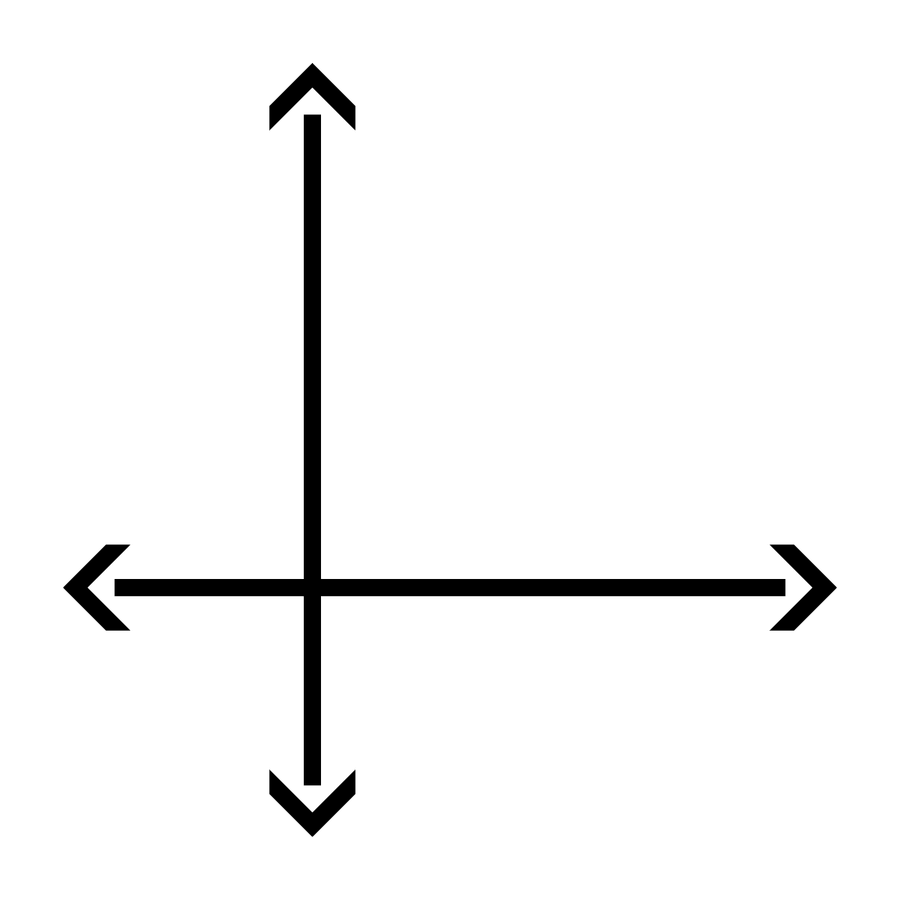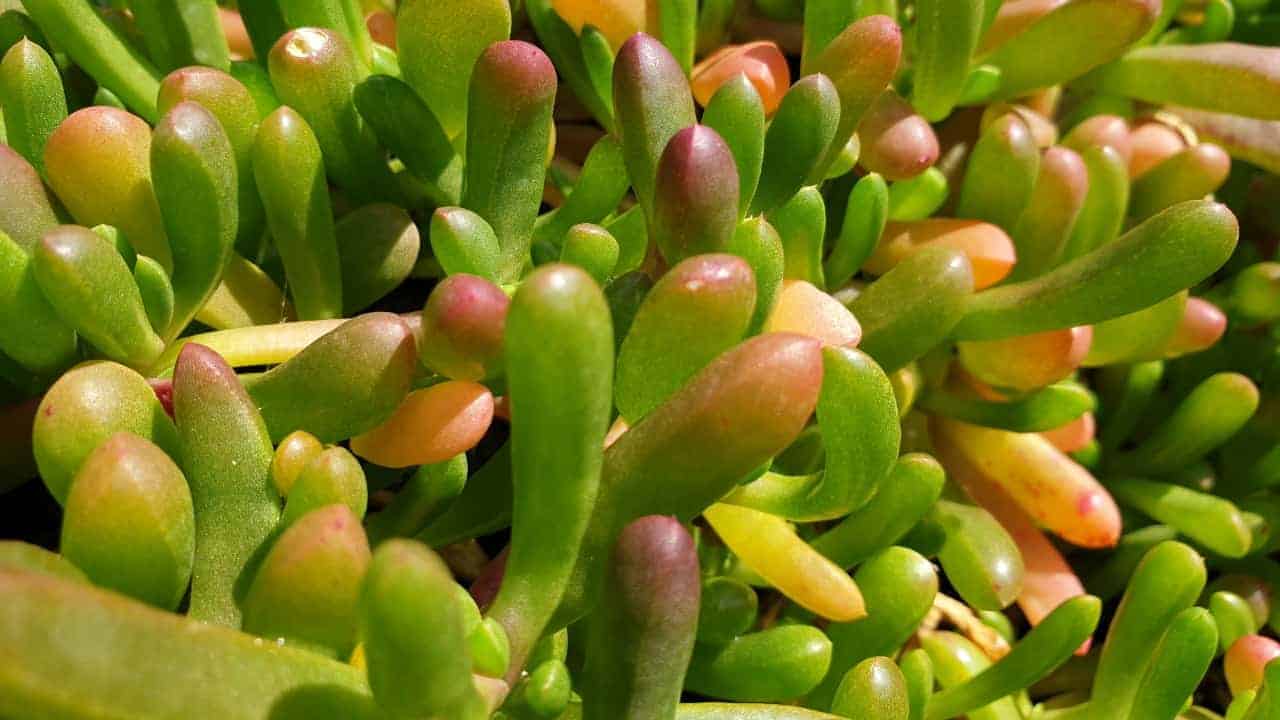Round Baby Pigface
Disphyma crassifolium ssp. clavellatum
The leaves of this plant are also edible, traditionally served cooked as an accompaniment to game meat. Enjoy their juicy, refreshing burst of flavour in salads, stir-fries, pickles and as a flavoursome ingredient in seafood dishes. Fruits grow to the size of a berry, and may be eaten whole or simply by sucking out the sweet pulp.
Harvest the succulent leaves year-round. Yes, even when they turn red — this is a natural response to drier conditions, easily reversed with a week or so of generous watering. Round Baby Pigface is capable of flowering throughout the year as well, though it happens more readily in favourable conditions, producing pink, purple or violet blooms. Harvest these when the colour turns a deep shade.
This hardy native succulent tolerates frost, drought and salinity. It’s also well-adapted to a range of soil types including sand, loam and clay. For best results, we recommend a freely draining soil in a full-sun or partly shaded position. Water well during the hot season if you want the leaves to keep their green colour.
Round Baby Pigface is a low growing perennial ground shrub, ranging from just 2–30cm high with a 1–2m spread. Its cute rounded leaves and shallow, but enthusiastic, root system makes it perfect for filling in garden gaps, maintaining sloped landscapes, decorating rockeries, and adorning balcony planters and window boxes.
Aboriginal name:
- Karkalla
Do I need to fertilise my Round Baby Pigface?
No, as a coastal plant, Round Baby Pigface is tolerant of poor, sandy and dry soils. However, we recommend a handful of organic fertiliser (eg. worm castings) every now and then for best results in a home garden.
Can I forage for Round Baby Pigface instead of growing my own?
Technically, yes, but we strongly advise against it in both the wild and in parks and reserves (without a license). Although this plant is far from endangered, it serves as an ecosystem supporter, helping to protect against soil erosion.
Foraging (especially without proper training and a license) has been known to cause damage to already vulnerable terrain, with the added risk of harming other native species through accidental trampling or ground contamination. Given how easy it is to grow your own Round Baby Pigface, there’s no excuse for threatening the well-being of our environment.
What pests is Round Baby Pigface susceptible to?
Snails and slugs, which can be remedied with beer traps. Occasionally cottony cushion scale, which can be treated with horticultural oil in cooler conditions.
Why is my Round Baby Pigface turning brown and dying?
Succulent turning brown can be a sign of overwatering. This is likely to happen if your plant is growing in a heavy soil that easily becomes waterlogged, leaving the roots to rot in the excess water. Try watering less frequently, moving your plant to a sunnier position, or repotting your plant in a sandier soil.

Suitable for full-sun

Suitable for part-shade

Suitable for pots

Height 2-30cm
Width 1-2m

Tolerates drought

Tolerates sandy soils

Tolerates salt

Fruits from:
Year 1

Bird attracting

Attracts bees & insects

Attracts lizards

Suitable for gaps

